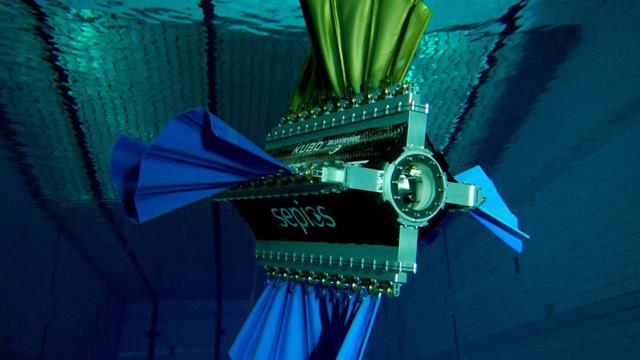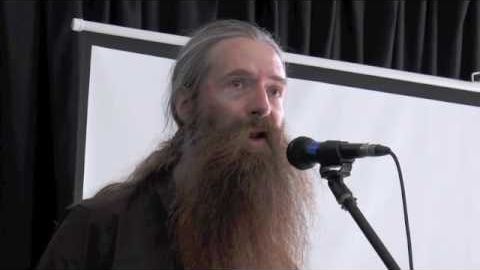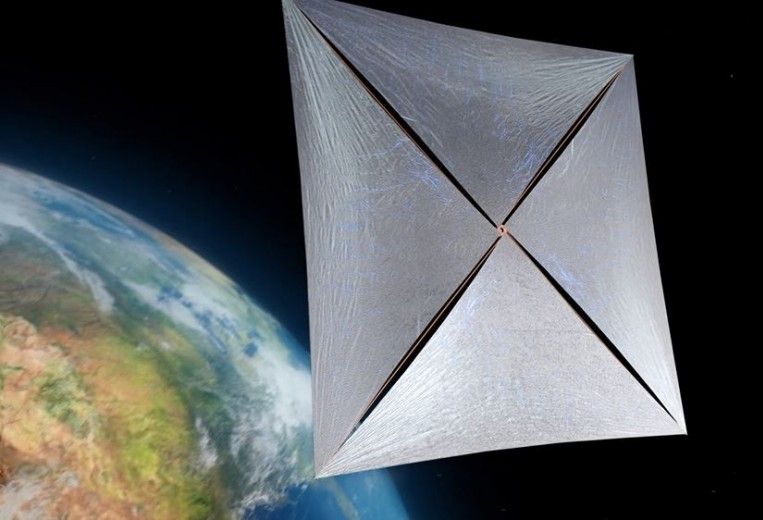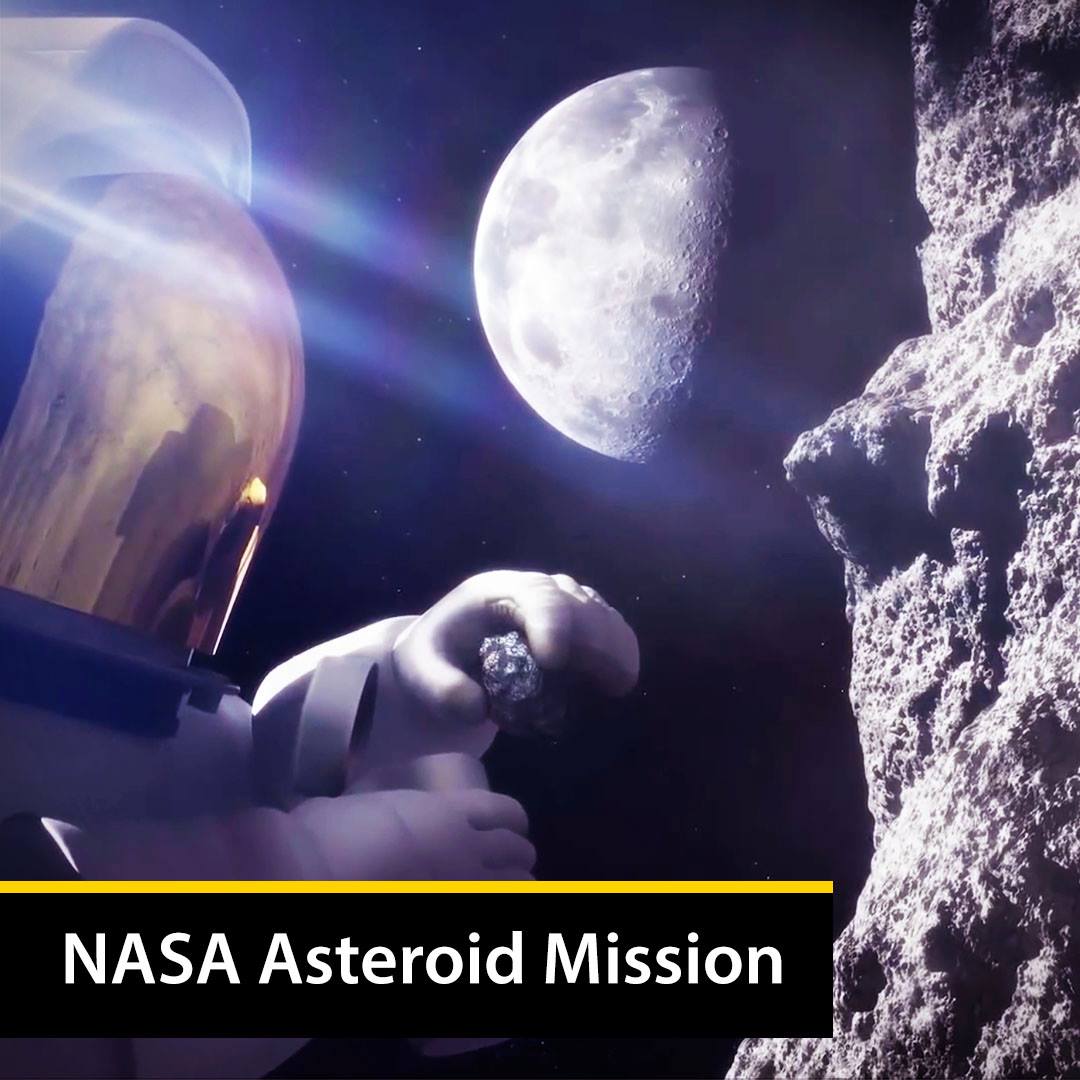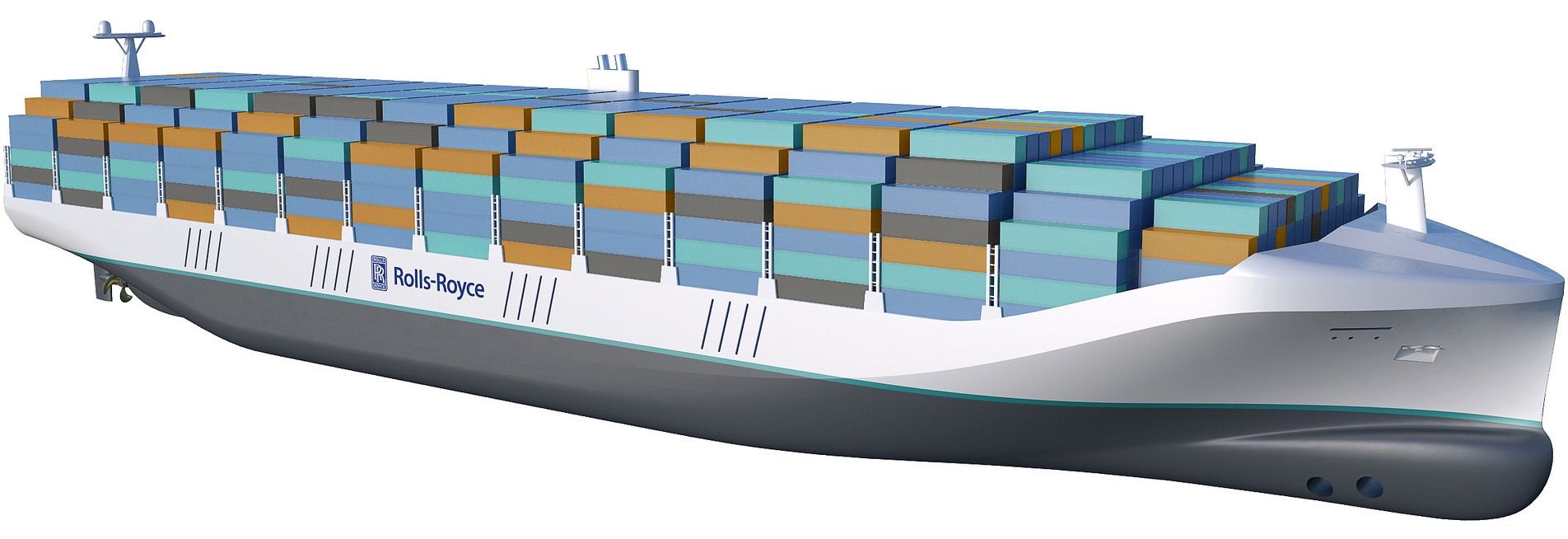Although this is an old article; it does raise an ongoing question about Social Media Companies and the US Government’s battle with terrorism and other mass murders who often use social media. Could Social Media Companies be pushing their luck within the US as well as other countries battling terrorism by not shutting down people’s pages who have ties to terrorism or promoting murder?
Feel free to respond because I want to hear others perspective on this important topic that many are having to figure out.
(2÷3) Amb Bass: Also watching with concern reports of teargas and rubber bullets against those protesting the takeover.— US Embassy Turkey (@USEmbassyTurkey) March 5, 2016
Anti-censorship protests took place in front of Today’s Zaman headquarters on Friday, and televised video showed protesters clashing outside the building with police, who fired tear gas and used a water cannon to disperse the crowd.
(Phys.org)—A small team of researchers at Harvard University who are part of the Breakthrough Starshot team has been testing the likely damage to an interstellar spacecraft traveling at approximately one-fifth the speed of light as it makes its way to the Alpha Centauri star system. As they note in a paper describing their testing and results, which was uploaded to the arXiv preprint server, such damage could be catastrophic, but they believe they have a solution.
Earlier this year, Russian billionaire Yuri Milner announced to the world that he wants to send a probe to the Alpha Centauri star system—he put up $100 million of his own money to get the ball rolling on what is expected to be a multi-billion-dollar effort. At the time of the announcement, Milner told the press that his team of advisors had identified 20 main challenges that would have to be overcome in order for such a mission to be a success. In this new effort, the researchers have addressed one of those challenges—assessing the likely damage to the craft due to space dust and gases, and offering solutions to the problem.
The preliminary working design of a space probe able to travel at ∼0.2c is little more than a circuit board that has come to be known as a wafersat—it would be attached to a light sail that would be the target of a laser sent from Earth to push it during the initial part of the journey. The wavsat would be made mostly of graphite and quartz. Thus, the researchers focused the bulk of their testing on these two materials. They discovered that particles of space dust hit by the craft would mostly come in the form of collections of heavy atoms rather than particles—those collisions would cause two problems. The first would be the creation of pits on the surface of the craft, which would result in loss of material (up to 30 percent of the entire craft might be lost).
“Startups are making realistic lab-grown foods, but government food regulators aren’t sure how to police them.”
Asteroid Redirect
Posted in space
Creepy Humanoid Robot
Posted in robotics/AI
